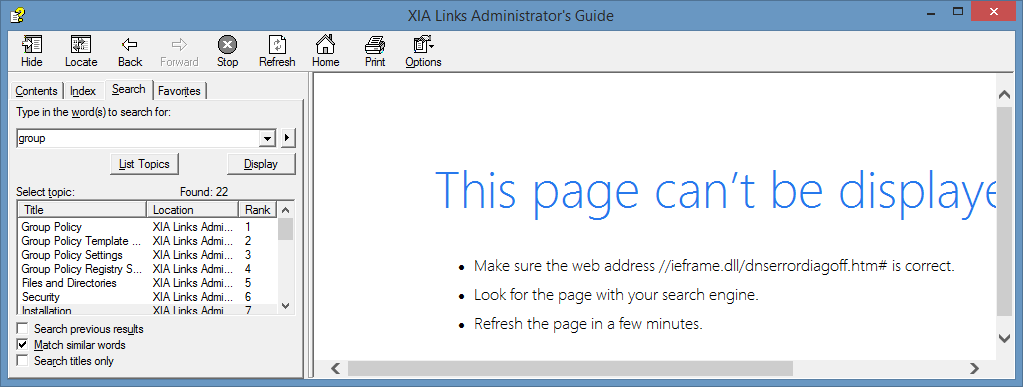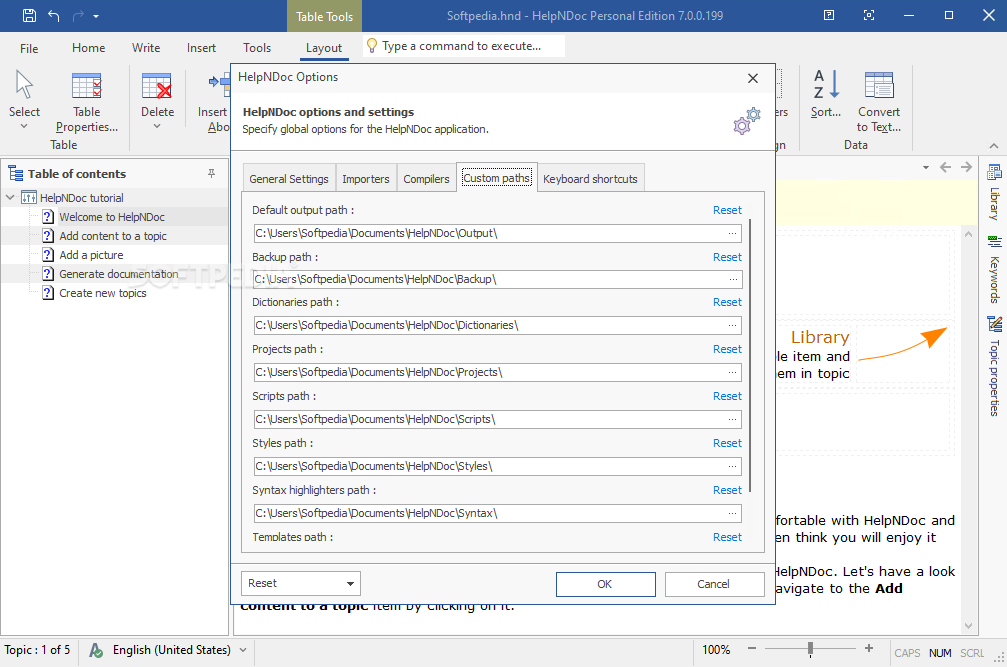
- #HELPNDOC NEW PAGE FOR CHAPTER ZIP FILE#
- #HELPNDOC NEW PAGE FOR CHAPTER UPDATE#
- #HELPNDOC NEW PAGE FOR CHAPTER ARCHIVE#
- #HELPNDOC NEW PAGE FOR CHAPTER SOFTWARE#
Īn example skeleton of an XHTML file for EPUB looks like this: However, reading systems are not required to provide the fonts necessary to display every Unicode character, though they are required to display at least a placeholder for characters that cannot be displayed fully. This is to support international and multilingual books. Unicode is required, and content producers must use either UTF-8 or UTF-16 encoding. For a table of all required mimetypes, see Section 1.3.7 of the specification. Other media types are allowed, but creators must include alternative renditions using supported types. ĮPUB also requires that PNG, JPEG, GIF, and SVG images be supported using the mimetypes image/png, image/jpeg, image/gif, image/svg+xml. The mimetype for CSS documents in EPUB is text/css. Font-embedding can be accomplished using the property, as well as including the font file in the OPF's manifest (see below). Custom properties include oeb-page-head, oeb-page-foot, and oeb-column-number. This specialized syntax requires that reading systems support only a portion of CSS properties and adds a few custom properties. Styling and layout are performed using a subset of CSS 2.0, referred to as OPS Style Sheets. The mimetype for XHTML documents in EPUB is application/xhtml+xml. There are, however, a few restrictions on certain elements. This is different from previous versions (OEBPS 1.2 and earlier), which used a subset of XHTML.

Open Publication Structure 2.0.1 Īn EPUB file uses XHTML 1.1 (or DTBook) to construct the content of a book as of version 2.0.1.
#HELPNDOC NEW PAGE FOR CHAPTER ZIP FILE#
Finally, the files are bundled in a zip file as a packaging format. XML is used to create the document manifest, table of contents, and EPUB metadata. ĮPUB internally uses XHTML or DTBook (an XML standard provided by the DAISY Consortium) to represent the text and structure of the content document, and a subset of CSS to provide layout and formatting.
#HELPNDOC NEW PAGE FOR CHAPTER UPDATE#
Version 2.0.1 ĮPUB 2.0 was approved in October 2007, with a maintenance update (2.0.1) intended to clarify and correct errata in the specifications being approved in September 2010. In May 2016 IDPF members approved World Wide Web Consortium (W3C) merger, "to fully align the publishing industry and core Web technology". The (text of) format specification underwent reorganization and clean-up format supports remotely hosted resources and new font formats ( WOFF 2.0 and SFNT) and uses more pure HTML and CSS. The current version of EPUB is 3.2, effective May 8, 2019. New major features include support for precise layout or specialized formatting (Fixed Layout Documents), such as for comic books, and MathML support. The EPUB 3.0 specification became effective in October 2011, superseded by a minor maintenance update (3.0.1) in June 2014. History Ī successor to the Open eBook Publication Structure, EPUB 2.0 was approved in October 2007, with a maintenance update (2.0.1) approved in September 2010. EPUB is the most widely supported vendor-independent XML-based e-book format that is, it is supported by almost all hardware readers.
#HELPNDOC NEW PAGE FOR CHAPTER ARCHIVE#
The EPUB format is implemented as an archive file consisting of XHTML files carrying the content, along with images and other supporting files.

The Book Industry Study Group endorses EPUB 3 as the format of choice for packaging content and has stated that the global book publishing industry should rally around a single standard.

It became an official standard of the IDPF in September 2007, superseding the older Open eBook (OEB) standard.

EPUB is a technical standard published by the International Digital Publishing Forum (IDPF).
#HELPNDOC NEW PAGE FOR CHAPTER SOFTWARE#
EPUB is supported by many e-readers, and compatible software is available for most smartphones, tablets, and computers. The term is short for electronic publication and is sometimes styled ePub. EPUB is an e-book file format that uses the ".epub" file extension.


 0 kommentar(er)
0 kommentar(er)
